Celebrating Black History Year-Round: 9 Sites in the U.S. to Visit

Black History Month has been celebrated annually since the year 1926. First termed “Negro History Week,” Black History Month is honored each February. However, Black history deserves to be remembered all year long. Although Black History Month places a special emphasis on Black history, it should be something we celebrate, learn about and carry with us continually. If you are searching for ways to commemorate Black history throughout the year, what better way to do that than through travel. The United States has hundreds of historical attractions that keep Black history alive. Below are just a few of our favorites attractions but they don’t even scratch the surface of the historical sites to visit across the United States.
The Origin of Black History Month
Harvard scholar Dr. Carter G. Woodson is largely credited for Black History Month. In his studies, he was alarmed to find little mention of Black Americans. Worse was the fact that when they were mentioned, it was in a negative light, such as being ignorant or socially inferior. Due to Dr. Woodson and others, the contributions of the Black community have become more fully recognized. To further celebrate and learn about Black history, there are a few sites you may want to consider visiting.
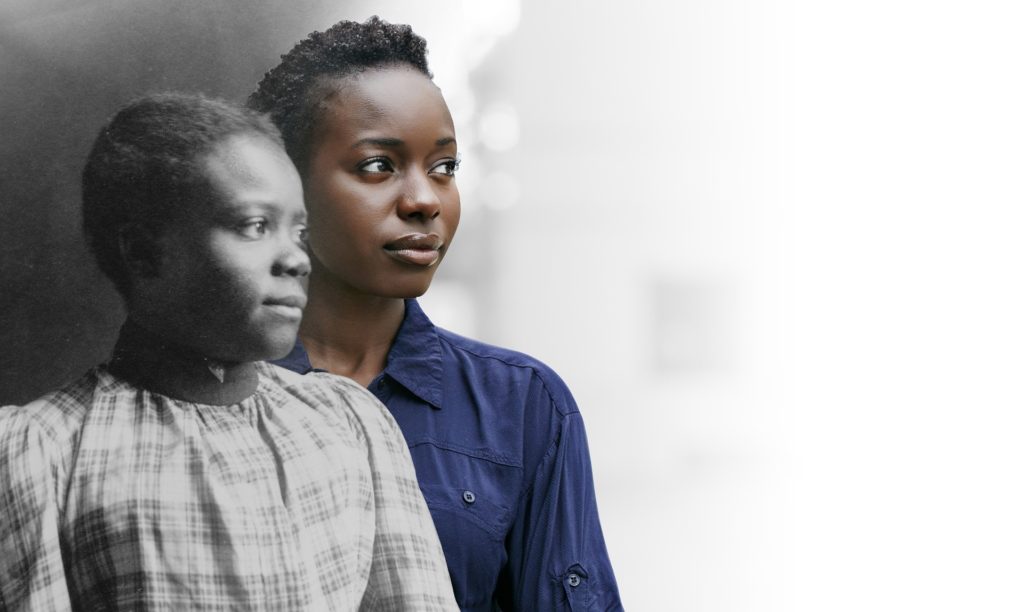
Commemorating Black History Through Travel
One of the best ways to commemorate Black history beyond the month of February is through travel. There are many sites across the United States to visit, but the nine locations mentioned here offer a starting point for celebrating the contributions of Black Americans year-round:
1. The Civil Rights Trail
The Civil Rights Trail spans fifteen states and the District of Columbia. If you are unsure where to start, Alabama is home to some of the most pivotal events in the Civil Rights Movement. For example, it was here that the bombing of 16th Street Baptist Church rocked the nation and further exposed the bitter roots of racism. If you are in or near the South, there are many buildings, museums, landmarks, and other sites to visit.
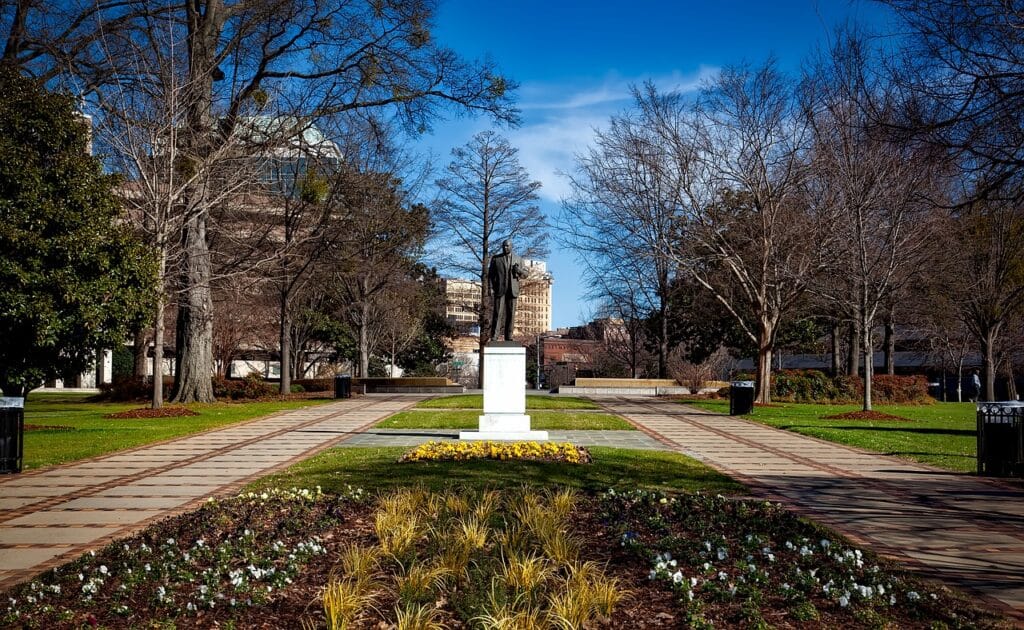
2. The L.B. Brown House (Florida)
The L.B. Brown House was built in Bartow, Florida in 1892 by formerly enslaved Lawrence Bernard Brown. Through building, selling, and renting out exquisite homes, he became wealthy and well-known for his generosity towards his community. On his headstone, the words “From slavery to community builder” are carefully inscribed. The L.B. Brown House is a two-story mansion with nine ornamental rooms, and its rich history and Victorian fashion have earned it a spot on the National Register of Historic Places.
3. The Reginald F. Lewis Museum of Maryland African American History and Culture (Maryland)
Located in Baltimore, the Reginald F. Lewis Museum of Maryland African American History and Culture comprises a total of 82,000 square feet and features more than 400 years of history in its permanent exhibits. The interactive museum has also partnered with the Maryland State Department of Education. It has compiled African American curricula and teacher training to impact Maryland’s 50,000 teachers and 850,000 students.
4. The Corinth Contraband Camp (Mississippi)
Corinth, Mississippi is the site of the Corinth Contraband Camp, which acted as a refuge for many enslaved people seeking asylum around the time of Abraham Lincoln’s Preliminary Emancipation Proclamation. The Corinth Contraband Camp consisted of homes, a hospital, church, and school for almost 6,000 formerly enslaved individuals. Now, there is a quarter-mile walkway donning six life-size bronze depictions of the camp’s residents.
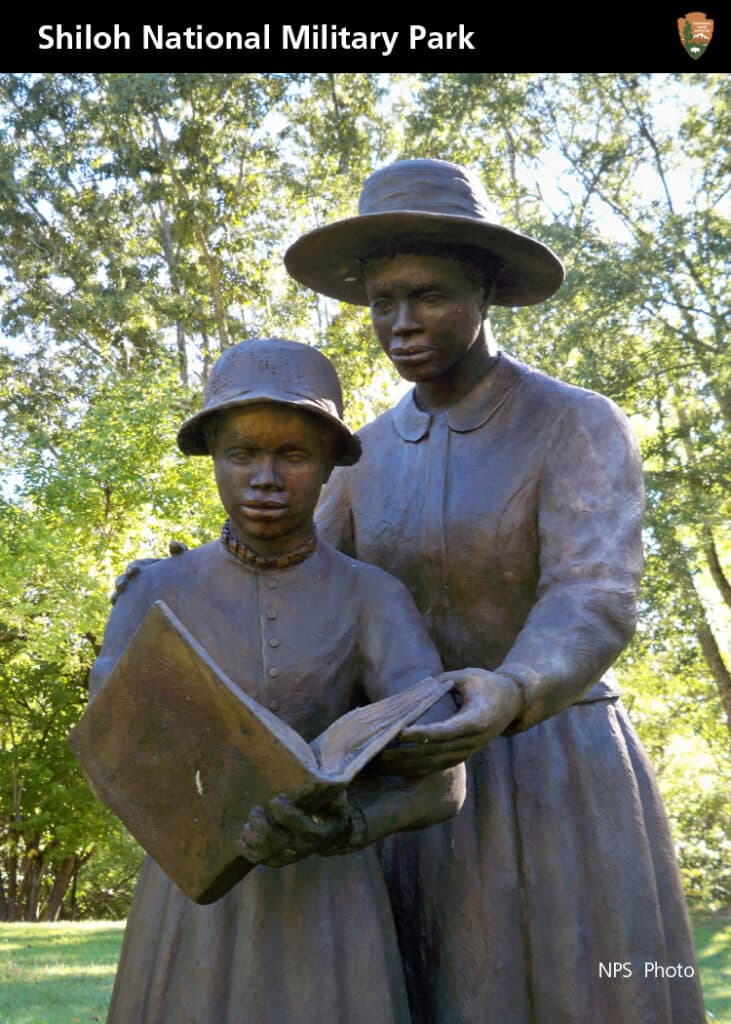
5. The Harry S. Truman Presidential Library and Museum (Missouri)
The Harry S. Truman Presidential Library and Museum is located in Independence, Missouri and is dedicated to the life of the former President. As Truman became increasingly aware of racial violence, he took an unprecedented step in 1948, desegregating the military and civilian government workforce. He helped establish a civil rights committee, advocate for anti-lynch laws, and stop the collection of poll taxes. Now, the Truman Presidential Library and Museum is filled with interactive exhibits, historical papers, photographs, and more.
6. Philipsburg Manor (New York)
Though temporarily closed due to the pandemic, Philipsburg Manor encapsulates a milling and trading complex that housed twenty-three enslaved people. Found in Sleepy Hollow, New York, Philipsburg Manor traces life back to the seventeenth and eighteenth centuries, allowing visitors to tour the manor and delve into the daily practices and perspectives of its inhabitants.
7. The National Underground Railroad Freedom Center (Ohio)
Located in Cincinnati, Ohio, the National Underground Railroad Freedom Center examines issues such as enslaved people, the Underground Railroad, genealogy, and other forms of oppression in the modern world. Through a series of rotating and permanent exhibits, the National Underground Railroad Freedom Center champions freedom while providing educational resources to the community.
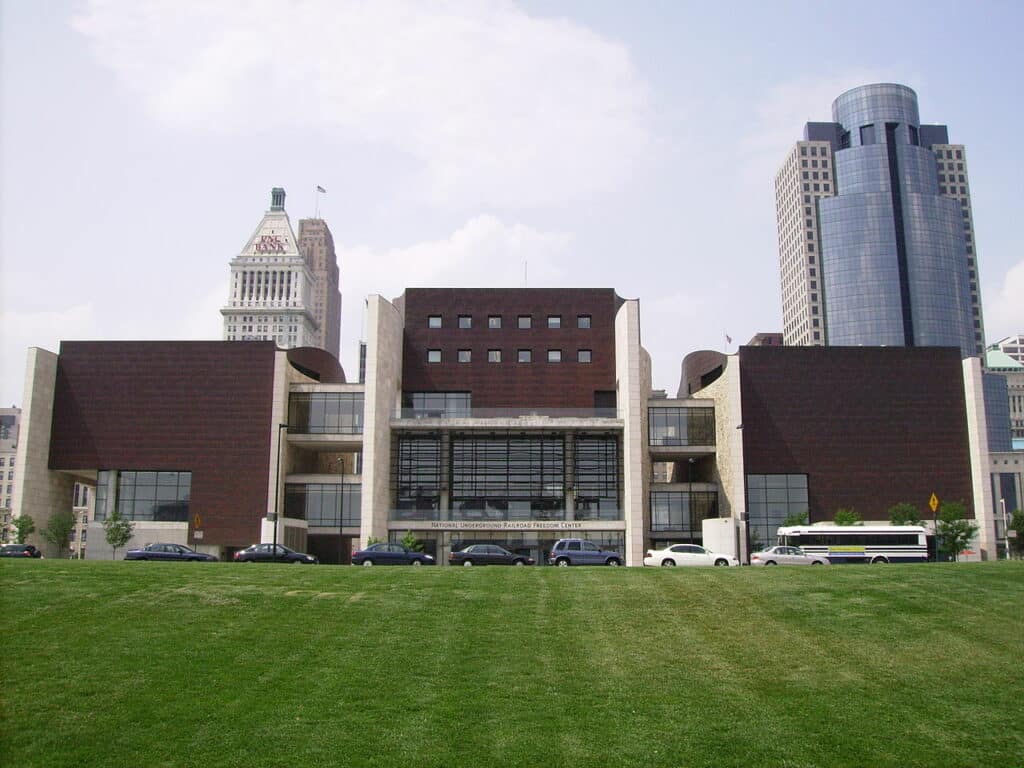
8. The Robert Russa Moton Museum (Virginia)
Situated in Farmville, Virginia, the Robert Russa Moton Museum is a commemoration of the brave acts performed at Robert Russa Moton High School. It was here that a 16-year-old student, Barbara Johns, spearheaded the 1951 Moton Student Strike. Protesting unfair conditions, the students got up and walked out. The lawsuit that resulted became a part of Brown v. Board of Education in 1954, leading to the desegregation of schools in the United States. The National Historic Landmark and museum is one of the most iconic sites in Virginia.
9. The African American Museum of Dallas (Texas)
Texas is the proud owner of the African American Museum of Dallas, which possesses one of the most comprehensive collections of African American Folk Art in the United States. With roots tracing back to 1974, the museum now boasts Black renaissance paintings, period rooms, decorative arts, African art, contemporary works, and more. The African American Museum of Dallas is characterized by its exhibits, field trips, tours, lectures, and educational programs.
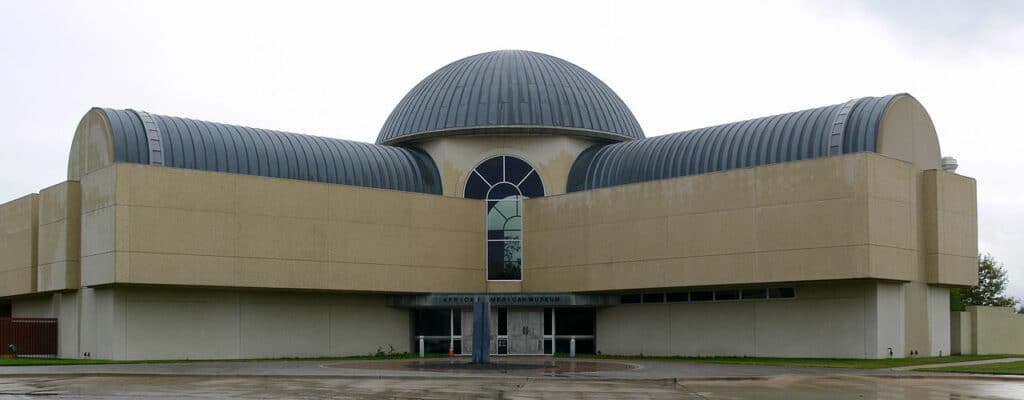
Key Takeaway
The celebration of Black history extends well beyond the month of February! In addition, the sites listed are a mere starting point, and there are many others to explore. The aforementioned states also have a plethora of other unique attractions related to Black history should you decide to visit them. Though many more sites and states deserve to be mentioned, this article is meant to be a foundation with which to start rather than a conclusive list. After all, cherishing and learning from Black history is meant to be a lifelong endeavor.
Book Your Travel to ANY Destination
Search, compare and book hotels & rentals at the best prices that are sourced from a variety of platforms including Booking.com, Hotels.com, Expedia, Vrbo, and more. Search for ANY destination by clicking in the upper left corner of this map. You can also use the filter to fine-tune your search, and find restaurants, attractions, and more!


Tonya Fitzpatrick, Esq. is co-Founder of World Footprints, a social impact travel storytelling content hub she runs with her husband, Ian, that has been recognized as Best Social Impact Travel Media Company by CEO Monthly. She is an award-winning travel and business journalist, global public speaker, and 3-time TEDx speaker. Tonya regularly shares her insights on career transitions, DEIA in travel and the transformative power of travel to audiences all over the world. Recognized as Black Travel Journalists of the Year—an honor she shares with Ian, Tonya contributes her time and leadership to several boards and commissions in the travel community including SATW, The Explorers Club (DC), North American Travel Journalists Association (NATJA) and JourneyWoman. Tonya has been appointed to the Maryland Tourism Development Board by Gov. Wes Moore.